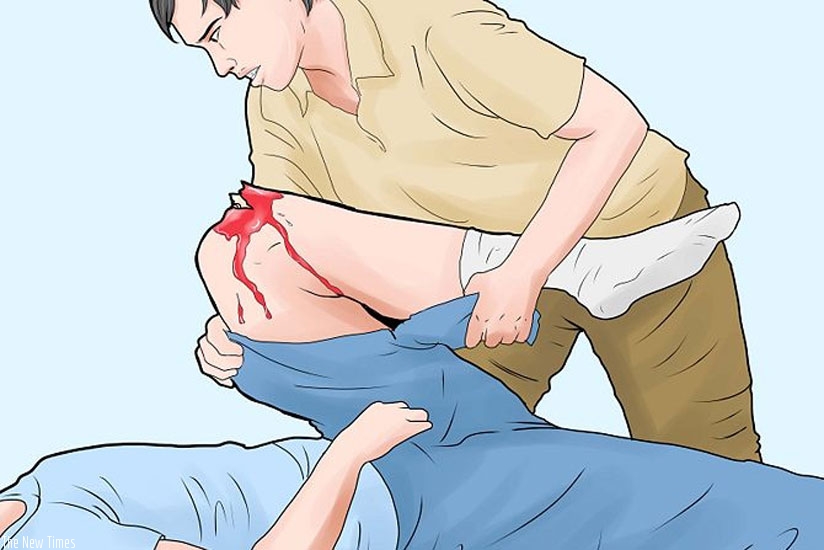Most of us have ever sprained, strained or overstretched our joints. It could be caused by an accident as we walk or travel, or during a physical sport such as football, netball, running etc. The pain experienced after any of the above incidents is excruciating and can even get worse if a bone is cracked or broken. In medical terms, it is called a fracture.


Most of us have ever sprained, strained or overstretched our joints. It could be caused by an accident as we walk or travel, or during a physical sport such as football, netball, running etc. The pain experienced after any of the above incidents is excruciating and can even get worse if a bone is cracked or broken. In medical terms, it is called a fracture.
Research shows that fractures occur when the physical force exerted on the bone is stronger than the bone itself. Fractures are very common during childhood but they heal easily. However, as you age, your bones become more fragile and you are more likely to suffer fractures from falls that would not occur when you were young. There are also some health conditions that are linked to weakening bones. For example osteoporosis, a disorder in which the bones thin and lose strength as they age, causes 1.5 million fractures each year in the US — especially in the hip, wrist, and spine. Some cancers have also been associated with fractures.
Symptoms of a broken bone?
-Swelling or bruising over a bone
-Deformity of an arm or leg
-Pain in the injured area that gets worse when the area is moved or pressure is applied
-Loss of function in the injured area
-In open fractures, bone protruding from the skin
How to manage fractures
"If you get a fracture, seek first aid immediately because any delay may land you into permanent disability,” warns Dr Valentin Bulambo, a general practitioner at Centre Medicale Orkide in Remera.
Bulambo says mismanaging fractures is the biggest challenge that victims of accidents are usually faced with hence a likelihood of disability.
"If you trip on a smooth floor at home and you get a fracture, you should be evacuated to a position of safety before any manipulation,” Bulambo says.
"If it is a closed fracture on the leg, the victim should be supported with a block underneath. Thereafter struts can be applied with a bandage.”
The Red Cross also gives similar advice. "Encourage the person to support the injury with their hand, or use a cushion or items of clothing to prevent unnecessary movement.”
Doctors, however, call for extra caution when dealing with open fractures. An open fracture tears through the skin resulting into bleeding and indescribable pain.
Although first aid is necessary in situations of broken bones, experts believe that the perfect approach to handling bone problems is at the medical facility after thorough diagnosis and x-ray diffraction.
Dr Rachna Pande, a specialist in internal medicine at Ruhengeri Hospital, says the patient, after receiving first aid, must be rushed to a health facility for better treatment. She says immediate management of a fracture involves cleaning the injured area and controlling the bleeding and pain. The fractured bone is immobilized in a position which would help it heal and unite again.
"This is done by splintage in minor fractures or closed reduction. Surgical reduction is contemplated when closed reduction would be difficult or not effective as in multiple fractures,” Pande says.
"Gradually the affected part is mobilized and range of movement is increased gradually. At times calcium and vitamin D3 supplements are given to strengthen the bone an approach that prevents disability.”


